Disclosure: This article contains affiliate links. We may earn a commission from purchases at no extra cost to you, which helps our travel content.
Standing in the shadow of Hue's Flag Tower, the winter mist hanging like a veil over the ancient walls, I felt that familiar thrill of discovery. After fifteen years of spreadsheets and marketing decks, these moments of connection with living history remind me why I left that world behind. Vietnam's Imperial Citadel isn't just another tourist stop—it's a tangible link to a complex past that deserves both our attention and respect. And the best part? You don't need a royal treasury to experience this UNESCO World Heritage site properly.
Understanding Hue's Imperial Legacy
The Imperial City of Hue served as Vietnam's political, cultural and religious center from 1802 to 1945 under the Nguyen Dynasty—Vietnam's last ruling family. When I first researched this site, I was struck by how relatively recent this history is; my grandmother was born while emperors still walked these halls.
The complex is essentially a citadel within a citadel within a city. The outermost layer is Kinh Thanh (Capital Citadel), a square fortress surrounded by a 10-kilometer moat. Inside sits the Imperial City (Hoang Thanh) with its ornate gates, and at the very heart lies Tu Cam Thanh (Forbidden Purple City), once reserved exclusively for the emperor.
Before my visit, I spent evenings in São Paulo reading about Vietnamese imperial history, finding that a good historical guidebook made all the difference in appreciating the site's significance. What many tourists miss is understanding how the Citadel represents a unique fusion of Eastern philosophical principles, Vietnamese adaptations, and French influences—a physical manifestation of Vietnam's complex cultural identity.
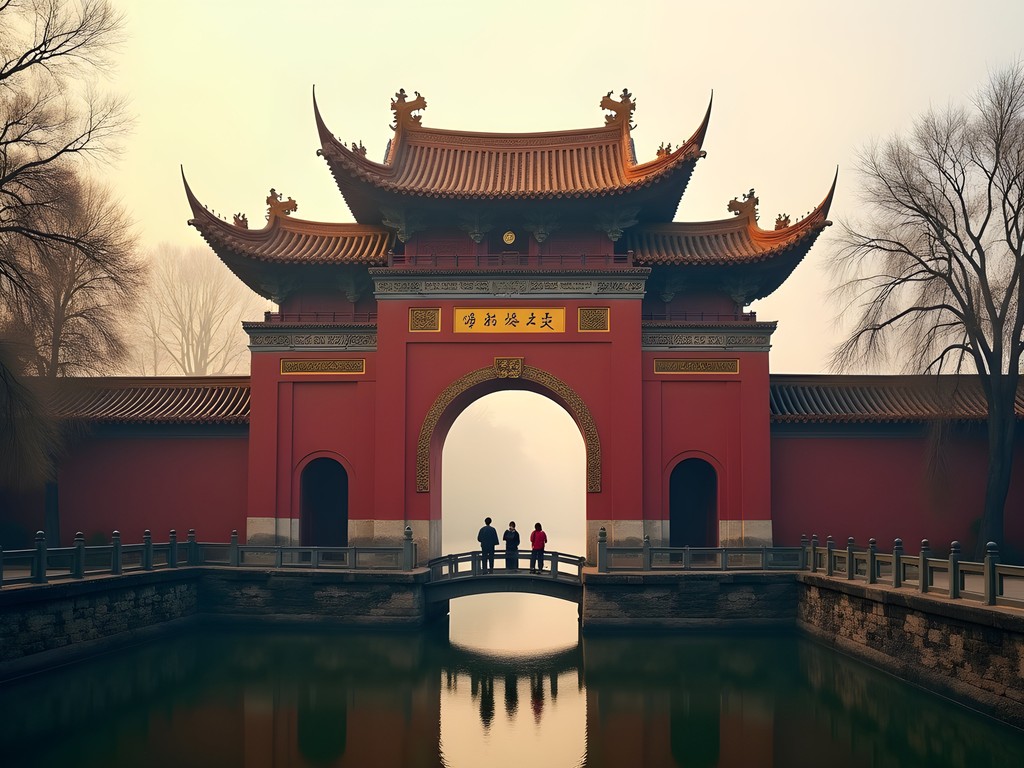
💡 Pro Tips
- Visit early morning (around 8am) to avoid both crowds and midday heat
- The entrance ticket is valid for 48 hours—take advantage by splitting your visit across two mornings
- Download the Hue Monuments app for free audio guides in English
Navigating the Citadel: A Practical Approach
Despite its grandeur, Hue's Citadel can be thoroughly explored on a modest budget. The standard entrance fee (200,000 VND/~$8 USD) gives access to the entire complex. I've found that many visitors rush through in 2-3 hours following large tour groups, missing the subtle details and quieter corners that make this place magical.
I recommend allocating at least 5-6 hours spread across two mornings. My approach: on day one, explore the main structures and get oriented; on day two, seek out the hidden spots and spend time absorbing the atmosphere. Between December and February, Hue's winter brings cooler temperatures perfect for extended exploration, though occasional drizzle means a packable rain jacket is essential.
The site is vast—over 500 acres—so comfortable walking shoes are non-negotiable. I tracked nearly 18,000 steps on my first day! While guided tours are available (starting around $15), I preferred moving at my own pace with a good illustrated map and the free Hue Monuments Conservation Center app, which offers excellent historical context without the cost of a guide.
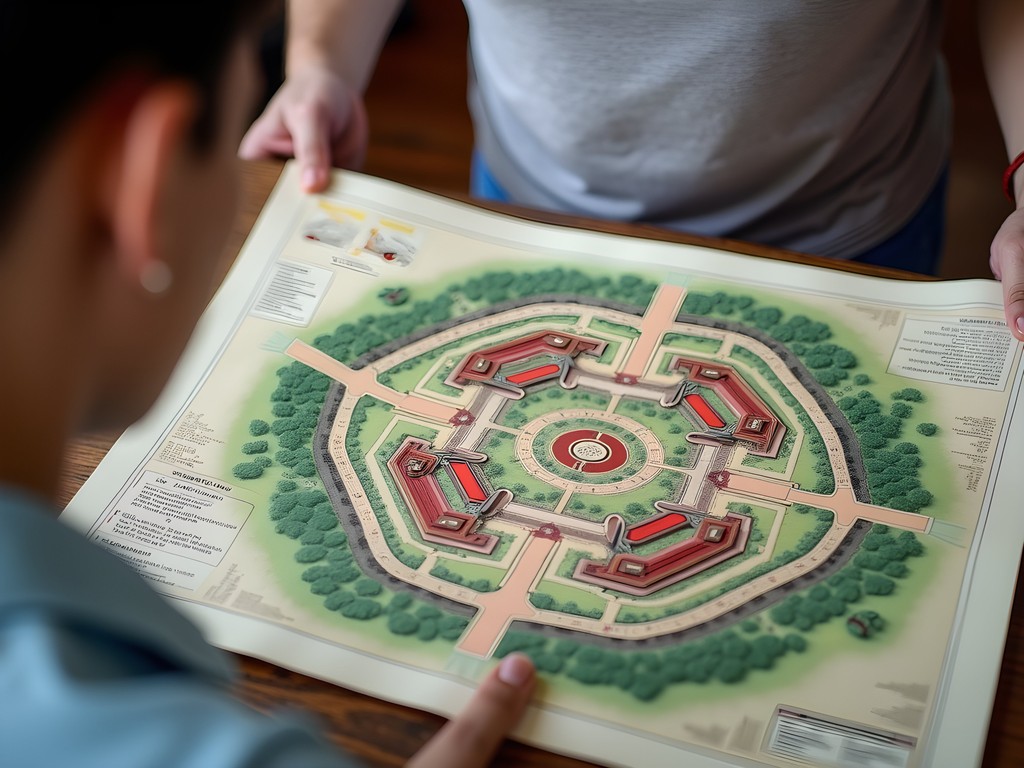
💡 Pro Tips
- Wear shoes that slip on/off easily as you'll remove them at certain pavilions
- Bring a reusable water bottle—there are filling stations near main entrances
- The Nine Dynastic Urns are often overlooked but contain fascinating symbolic details worth examining closely
Beyond the Restoration: Finding Authenticity
What struck me most about Hue's Imperial Citadel was the honesty in its presentation. Unlike some historical sites that have been overly restored to a sanitized perfection, Hue bears its scars openly. Much of the complex was destroyed during the Vietnam War (or the American War, as it's known locally), and restoration work continues to this day.
The contrast between fully restored buildings like the Thai Hoa Palace with its lacquered columns and areas still showing war damage creates a powerful narrative about resilience and renewal. This isn't a Disney version of history—it's a living, breathing site of cultural reclamation.
I spent an hour sitting in the quieter northeastern corner of the complex, sketching in my waterproof sketchbook and watching restoration artisans apply traditional techniques to repair intricate roof tiles. These craftspeople are often happy to discuss their work if approached respectfully (a few basic Vietnamese phrases go a long way).
For those interested in photography, the changing light throughout the day transforms the citadel. Early morning creates dramatic shadows across the courtyards, while late afternoon bathes the red and gold structures in warm light. I protected my phone from the occasional rain with a simple waterproof phone pouch that paid for itself many times over during Vietnam's unpredictable winter weather.
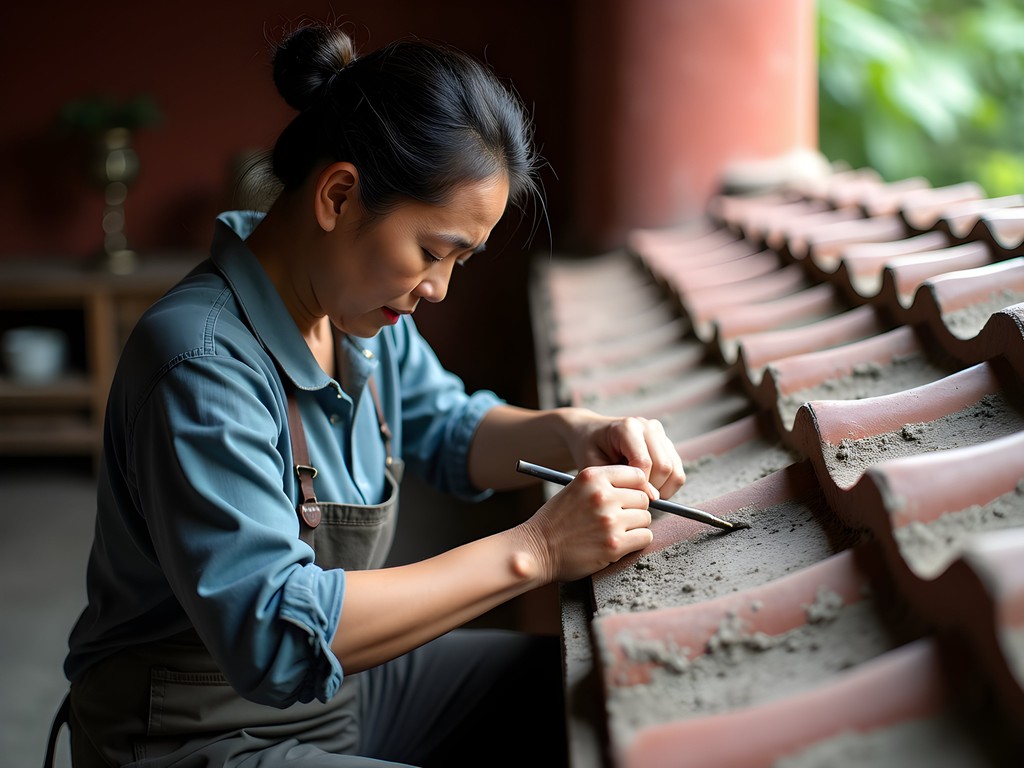
💡 Pro Tips
- Seek out the active restoration projects—they're fascinating windows into traditional craftsmanship
- The Royal Theatre still hosts traditional performances on weekends—worth the extra ticket
- Local university students often practice English near the entrance and can share contemporary perspectives on the site's significance
Local Connections: The Citadel Beyond Tourism
For many visitors, the Citadel exists in a tourist bubble, disconnected from contemporary Hue. Yet some of my richest experiences came from understanding how locals relate to this space today.
Just outside the eastern gate, I discovered a small family-run coffee shop where three generations gathered each morning. The grandmother, who remembered visiting the Citadel as a child when the last emperor still resided there, shared stories that no guidebook contained. For the price of a 15,000 VND (~$0.60) cup of Vietnamese coffee, I gained perspectives that transformed my understanding of the site.
I've found that budget travel isn't about cutting corners but rather about prioritizing meaningful experiences. Instead of an expensive hotel, I stayed at a modest homestay where the family offered to accompany me to the Citadel's monthly evening festival—an event few tourists experience, where traditional music and rituals temporarily bring the imperial past to life.
During my winter visit, I noticed many locals using the outer citadel walls as a morning exercise route. Joining them for a sunrise walk provided both beautiful photography opportunities and casual conversations with residents who view the Citadel not as a museum piece but as an integrated part of their daily lives.
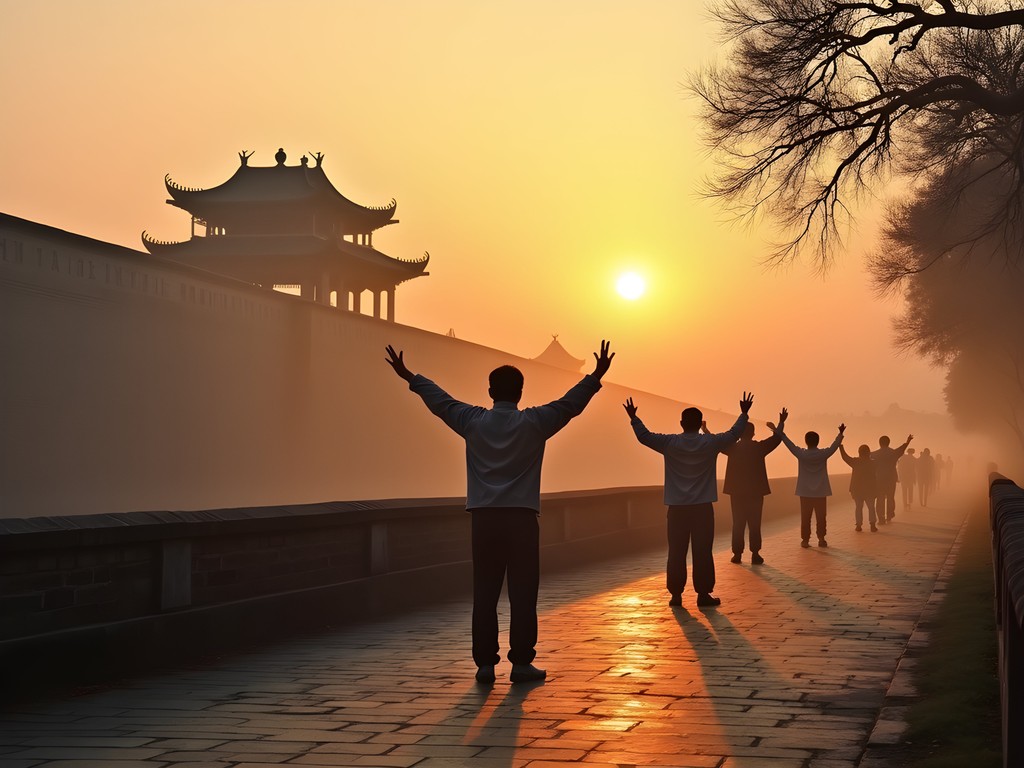
💡 Pro Tips
- Ask your accommodation about the monthly evening cultural performances at the Citadel—schedules are rarely published online
- The small cafés along Doan Thi Diem street near the eastern wall offer excellent viewing spots and local interaction
- Local university students sometimes conduct free walking tours on weekends—check notices near the ticket office
Practical Essentials: Making the Most of Your Visit
After fifteen years in marketing, I can't help but appreciate efficiency—especially when it enhances rather than diminishes experience. For Hue's Citadel, a bit of practical planning goes a long way.
First, transportation: while many tourists arrive via expensive tour buses, local bus #11 or #12 stops near the Citadel for just 8,000 VND (~$0.35). Alternatively, bicycle rental costs around 40,000 VND ($1.70) daily and provides flexibility to explore the surrounding areas.
For hydration, I relied on my trusty insulated water bottle filled at my accommodation each morning. The Citadel has limited refreshment options inside, and those available charge premium prices.
Winter in Hue brings temperatures between 15-23°C (59-73°F) with frequent light rain. Layering is key—I started mornings with a light merino wool base layer that regulated temperature throughout the day and dried quickly after brief showers.
Finally, don't overlook the value of a good portable power bank. Between navigation apps, photography, and audio guides, my phone battery rarely lasted through a full day of exploration. Having backup power meant never missing a photo opportunity or getting lost in the complex's more remote sections.
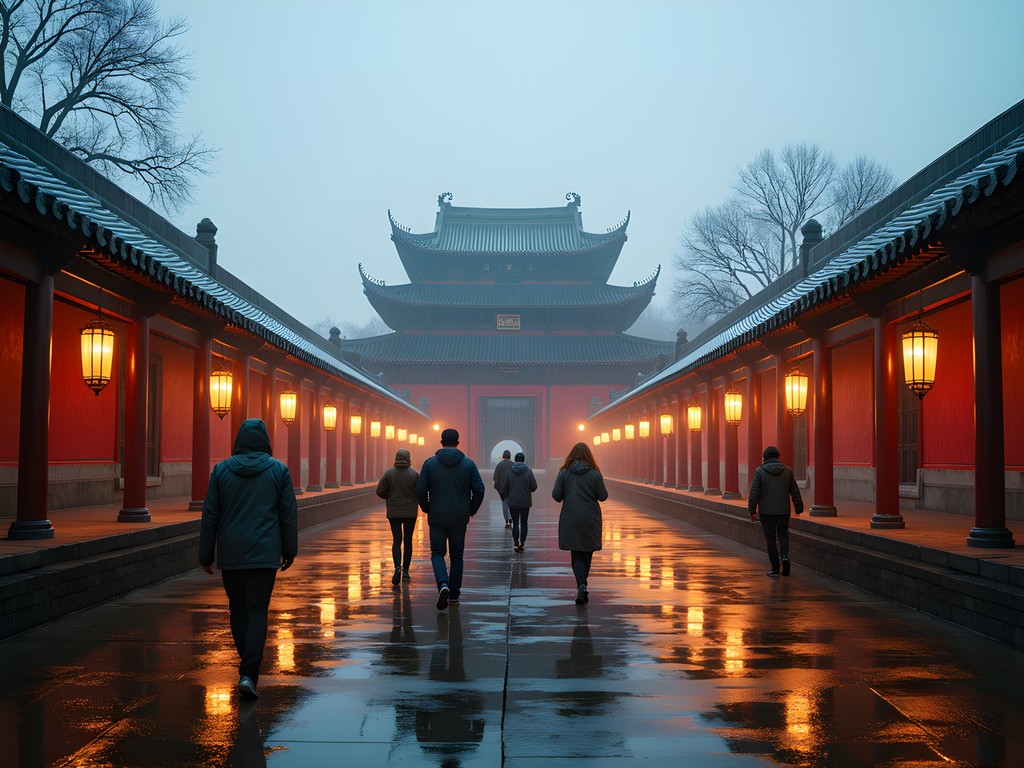
💡 Pro Tips
- The ticket office accepts credit cards but smaller vendors around the site are cash-only—bring small denominations
- Public toilets are available near each main gate but bring your own tissue paper
- Free luggage storage is available at the main entrance if you're visiting on your way to/from the train station
Final Thoughts
As I sat on a stone bench in one of the Citadel's quiet courtyards on my final evening in Hue, watching the winter light fade across centuries-old stonework, I reflected on how this place embodies what I value most in travel: the intersection of preservation and living culture. The Imperial Citadel isn't a static monument but a breathing space where Vietnam's complex history continues to evolve.
You don't need luxury accommodations or expensive tours to connect meaningfully with Hue's imperial legacy. What you need is time, curiosity, and respect for both the past and present. By slowing down, seeking local perspectives, and venturing beyond the main photo spots, you'll discover layers of history and humanity that package tours simply can't provide.
Whether you're a history enthusiast, a photography lover, or simply seeking to understand Vietnam beyond its war narrative, Hue's Imperial Citadel offers rich rewards for mindful travelers. And perhaps, like me, you'll find that the most valuable souvenirs are the conversations had, the morning light witnessed, and the deeper understanding gained of a culture that continues to rebuild and reimagine itself while honoring its imperial past.
✨ Key Takeaways
- Allocate at least two mornings to explore the Citadel fully, taking advantage of the 48-hour ticket validity
- Winter (December-February) offers ideal temperatures for exploration despite occasional light rain
- The most authentic experiences come from connecting with locals and understanding how they relate to this historical site
- Budget travel here doesn't mean missing out—some of the most meaningful experiences cost little or nothing
- Look beyond fully restored sections to appreciate the ongoing preservation work that tells a story of cultural resilience
📋 Practical Information
Best Time to Visit
Winter (December-February) for cooler temperatures and fewer crowds
Budget Estimate
$10-15 per day including entrance fee, transportation and refreshments
Recommended Duration
5-6 hours spread across two days
Difficulty Level
Easy

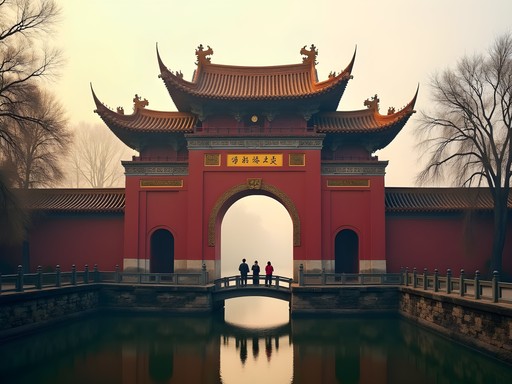
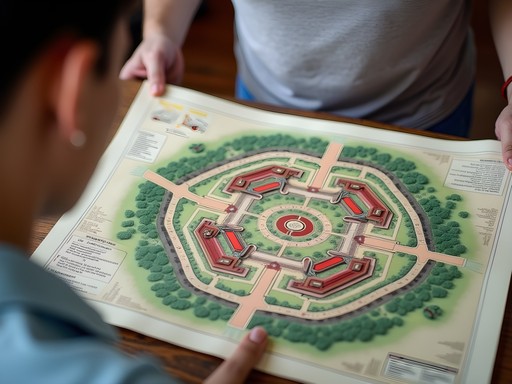
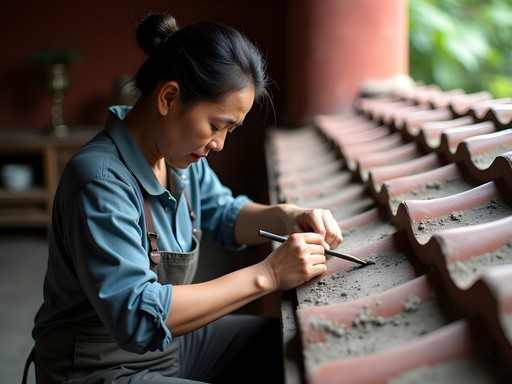
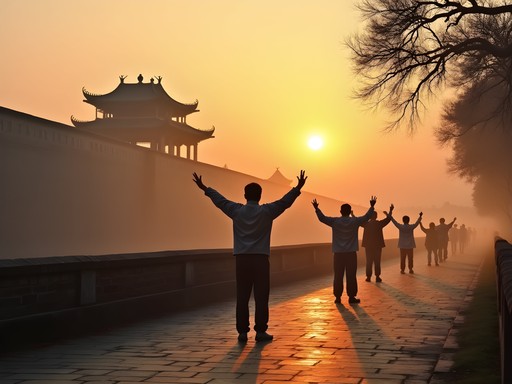
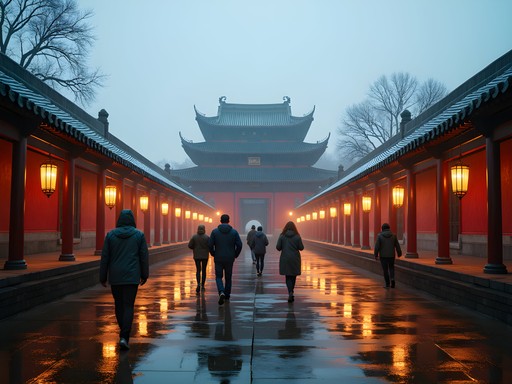








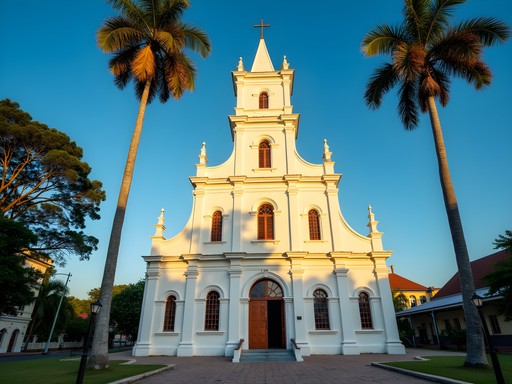
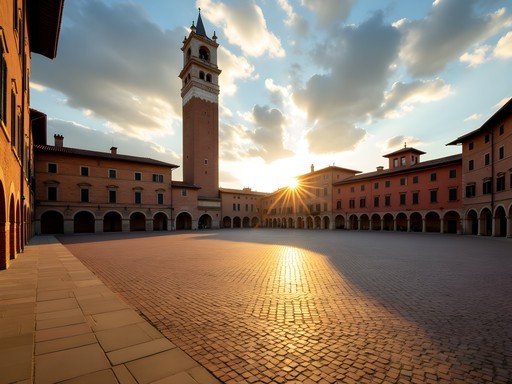
Comments
skymood
If you're visiting the Citadel, don't miss the small coffee shop just outside the east gate! The owner makes the most amazing Vietnamese egg coffee and has photos of the Citadel from the 1960s on the walls. Perfect spot to rest after all that walking!
islandmood
Is that Mr. Hai's place? With the tiny wooden stools? I loved that spot too!
skymood
Yes! That's the one! His stories about growing up near the Citadel are fascinating.
springguide
Those photos of the winter light on the stone walls are incredible! Can't wait to visit next month!
Hannah Woods
Having visited the Imperial Citadel four times over the past decade, I've witnessed the ongoing restoration efforts firsthand. What Bella captures perfectly is the delicate balance between preservation and authenticity. The Vietnamese approach differs significantly from Western restoration philosophy—they're not afraid to rebuild rather than merely preserve ruins, which creates this fascinating juxtaposition throughout the complex. For those genuinely interested in understanding this aspect, I'd recommend bringing along this book which provides excellent historical context for what you're seeing. Also worth noting: the restoration work is ongoing, so each visit offers something new. Areas that were inaccessible during my 2022 visit were open and beautifully restored when I returned last month. The Citadel is truly a living historical project.
springguide
Thanks for the book rec! Just ordered it for my trip next month.
islandmood
I love how Bella emphasizes connecting with locals around the Citadel. When I visited last year, I skipped the group tours and instead hired a university student as a guide (there are several who hang around near the entrance offering their services). Best decision ever! He shared family stories about the Citadel during different periods of Vietnamese history that you'd never get from the official tours. He even took me to his grandmother's house nearby for tea after our tour. These personal connections made the history feel so much more alive than just reading the plaques. Definitely recommend this approach if you want to go beyond the surface!
smartmate
Going to Hue in December - is the winter mist Bella mentions a regular thing? Wondering if I should plan extra time for photography if the weather's moody like that.
Casey Andersson
December in Hue can be absolutely magical for photography! I was there last winter and the morning mist creates this ethereal atmosphere around the Citadel walls. Definitely plan for early mornings (I'm talking 6:30-7am) when the mist is still hanging and the light is soft. The stone absorbs this golden glow that's simply perfect for photos. Just bring a light jacket as mornings can be surprisingly chilly!
smartmate
Thanks Casey! Definitely setting my alarm for those early mornings now. Any specific spots you'd recommend for the best misty shots?
Casey Andersson
The moat and Flag Tower area is stunning in the mist! Also, the less-visited eastern wall has these amazing old trees that look incredible with fog around them.
escapequeen
Just got back from Hue last month and the Citadel was definitely the highlight! That part about finding the quiet corners beyond the main restoration areas really resonated with me. We went early morning (around 8am) and had some of those courtyards completely to ourselves. The contrast between the meticulously restored sections and the more weathered areas tells such a powerful story about Vietnam's history. Bella's approach of following the chronological tour but then doubling back to the quieter spots is exactly what we did too!
skymood
Early morning is definitely the move! We went around 2pm and it was so crowded we could barely see some of the main buildings.
escapequeen
Yeah, I heard afternoons can get crazy there. The morning light was beautiful for photos too!
journeymaster
We did the public transportation too and it was great! Those local buses are quite an adventure themselves. Did anyone else catch the changing of the guard ceremony? We stumbled upon it by accident and it was one of the highlights of our visit. Also, the street food right outside the east gate was incredible - don't miss those bánh bèo (steamed rice cakes)!
adventurerider
The bánh bèo are amazing! Did you try them with the extra chili sauce?
journeymaster
Oh yes! Nearly burned my taste buds off but totally worth it! 🔥👌
journeyvibes
How did you get around Hue? Is it easy to use public transportation or should we hire a driver for the day? We're not confident on motorbikes!
Charlotte Watkins
Not Bella, but we used the local app-based taxis (like Grab) within the city and they were very affordable. For visiting the tombs outside town, we hired a car for the day through our hotel - about $40 and well worth it as they're quite spread out.
journeyvibes
Thanks Charlotte! That's really helpful. I'll download Grab before we go.
Casey Andersson
Bella, your section on 'Finding Authenticity' resonated so much with me! When I visited Hue last winter, I was initially disappointed by some of the restoration work that felt a bit too polished. But then I met this wonderful local guide (Mr. Thanh) who showed me the less-visited corners of the Citadel where nature and ruins create this hauntingly beautiful atmosphere. The contrast between the meticulously restored royal residences and the war-damaged sections tells such a powerful story about Vietnam's complex history. I spent hours just sitting in those quieter courtyards, sketching and chatting with elderly locals who shared stories from their childhoods. Sometimes the most memorable travel experiences happen when we step away from the main tourist path, right?
journeywalker
Going there next month! How much time would you recommend setting aside for exploring the whole citadel properly?
Bella Henry
I'd recommend at least a full day if you want to explore thoroughly! Split it into morning and afternoon visits to avoid burnout. The Purple Forbidden City section alone deserves a couple hours.
Casey Andersson
Totally agree with Bella! I spent a day and a half there last year. Also, if you're visiting in the rainy season, bring a good raincoat or umbrella as shelter is limited in some areas. My compact travel umbrella was a lifesaver when I got caught in a sudden downpour!
journeywalker
Thanks both! Will definitely plan for a full day and pack rain gear.
Venture X
Premium card with 2X miles, $300 travel credit, Priority Pass